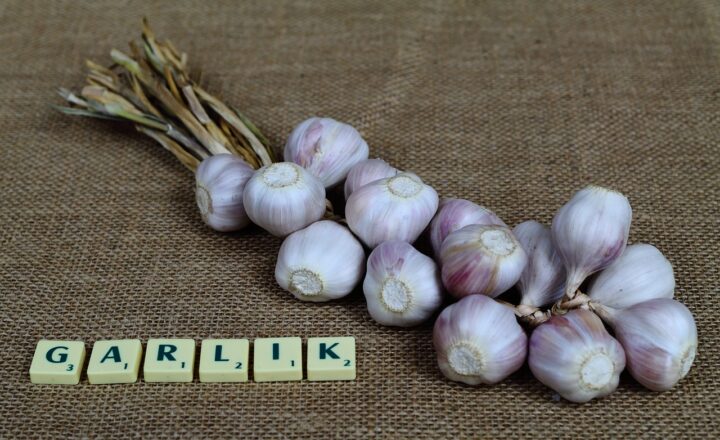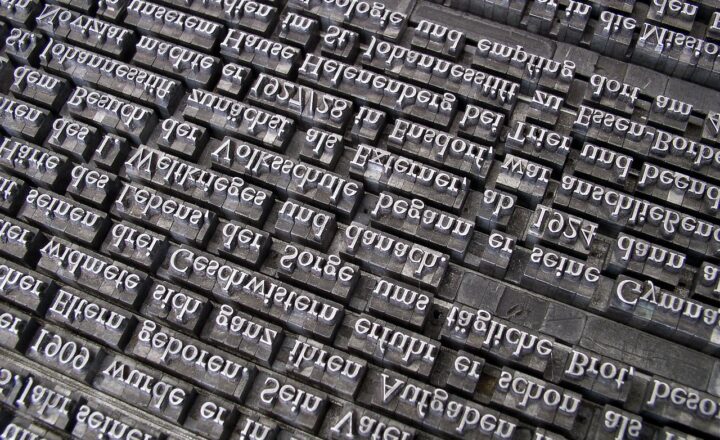Mastering Chinese Calligraphy: A Fun Way to Reinforce Language Learning
November 12, 2024

Chinese calligraphy, known as Shūfǎ (书法), is not just a form of writing; it is an art form that combines aesthetics, tradition, and cultural heritage. It is a practice that enhances one’s understanding of the Chinese language while engaging creativity and focus. In this article, we will explore the significance of Chinese calligraphy, provide an overview of the tools and techniques needed, and offer a step-by-step guide on how to practice this ancient art form successfully.
1. The Cultural Significance of Chinese Calligraphy
Chinese calligraphy has a long history, dating back thousands of years. It is more than just writing; it embodies the philosophy and aesthetic values of Chinese culture. The brush strokes, their direction, and strength all convey the calligrapher’s emotions and intentions. Here are a few reasons why learning Chinese calligraphy can be beneficial:
- Deepening Language Skills: Calligraphy necessitates a comprehensive understanding and memorization of characters, thus reinforcing language learning.
- Fostering Patience and Discipline: The practice is not only about creating art but also about developing focus and perseverance. It teaches the importance of patience, as each stroke requires careful deliberation.
- Experiencing Cultural Heritage: Calligraphy connects the practitioner with Chinese history, philosophy, and customs, thus fostering a deeper appreciation of Chinese culture.
Engaging in calligraphy is an excellent way to immerse oneself in the language, making it a meaningful and enjoyable experience.
2. Tools of the Trade: What You Need to Get Started
Before you can dive into the world of Chinese calligraphy, you need to gather some essential tools:
- Brushes (毛笔): Calligraphy brushes come in various sizes and materials, often made from animal hair. Larger brushes are ideal for bigger characters, while smaller ones are great for intricate details.
- Ink (墨水): Traditionally, ink is made by grinding an ink stick onto an ink stone with water. However, ready-made liquid ink is also available for convenience.
- Paper (纸): Xuan paper (宣纸), also known as rice paper, is commonly used for calligraphy due to its absorbent properties. You can also use specially designed calligraphy paper that has guidelines for stroke placement.
- Ink Stone (砚): An ink stone is used for grinding the ink stick and mixing it with water to create the right consistency for writing.
- Seal and Red Stamp (印章): After finishing a piece, you may choose to use a seal and red ink to create an impression, adding a finishing touch to your artwork.
Investing in quality tools will enhance your calligraphy experience and the overall results of your practice.
3. Basic Techniques for Mastering Calligraphy
Once you have your tools ready, it’s time to practice! Here are some core techniques to focus on:
- Holding the Brush: Proper grip is crucial. Hold the brush vertically, about one third from the end of the brush handle. Your fingers should form a stable, relaxed shape, allowing for fluid motion.
- Strokes and Pressure Control: Calligraphy consists of different strokes, each requiring specific pressure and speed. Practice the basic strokes (e.g., horizontal, vertical, dots, and slashes) to understand the brush’s flow and flexibility.
- Character Structure: Each Chinese character has a specific structure and stroke order. Understanding the fundamentals of stroke order will help you write characters correctly and beautifully.
- Practicing with Grids: Use practice grids with boxes that guide stroke placement. This helps to maintain proportions and improves your overall character execution over time.
Consistency is key. Try to practice regularly, even if only for 15 to 30 minutes a day.
4. Suggested Calligraphy Exercises for Beginners
Here are a few engaging exercises to kick-start your calligraphy journey:
- Basic Strokes Practice: Start by dedicating a session to writing individual strokes repeatedly, gaining familiarity with brush pressure and movement.
- Character Repetition: Choose a few simple characters (e.g., 人 (rén – person), 大 (dà – big), 水 (shuǐ – water)) and practice writing them repeatedly until you can write them confidently.
- Quotes and Proverbs: Once you’re comfortable, select some Chinese quotes or proverbs to practice. Writing sentences can reinforce language learning while improving your calligraphy skills.
- Create a Calligraphy Journal: Document your journey by keeping a journal where you can showcase your progress, note challenges, and experiment with different styles and techniques.
These exercises not only enhance your skills but also deepen your appreciation for the beauty of the Chinese language.
5. Calligraphy as a Language Reinforcement Tool
Incorporating calligraphy into your language learning can significantly enhance your understanding of Chinese characters and their meanings. Here’s how:
- Visual Memorization: Writing characters by hand helps the brain develop a better visual memory of them. The repetition of strokes solidifies your understanding of each character’s structure and shape.
- Contextual Learning: When you practice writing sentences and phrases, you learn to understand the context in which certain characters or phrases are used in daily life, improving your conversational skills as well.
- Creative Language Engagement: Practicing calligraphy allows you to have fun while learning. This creative aspect fosters a positive learning environment, which can amplify retention and enthusiasm for the language.
Practice, creativity, and tradition can all significantly enrich your language-learning experience.
Conclusion: A Path to Mastery and Enjoyment
Mastering Chinese calligraphy is a rewarding endeavor that goes beyond mere writing; it is an artistic expression that beautifully intertwines language and culture. The discipline required in calligraphy fosters a deeper understanding and appreciation for the Chinese language while providing an emotional connection to the art itself.
By embracing the tools, techniques, and exercises outlined in this article, you can embark on an enriching journey toward mastery in both language and calligraphy. So, gather your materials, find a quiet space, and let the brush guide you on this beautiful path of learning and expression.
Whether you are a beginner or looking to refine your skills, the world of Chinese calligraphy welcomes you with open arms, ready to unfold the complexities and beauties of the language that will deepen your understanding and appreciation for Chinese culture.








